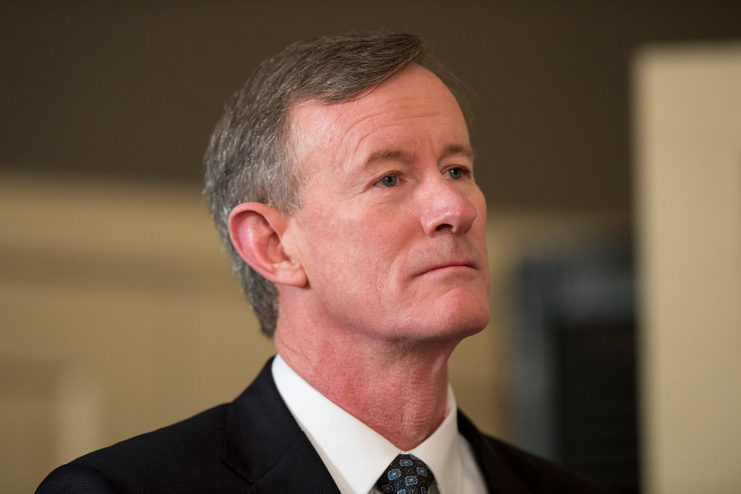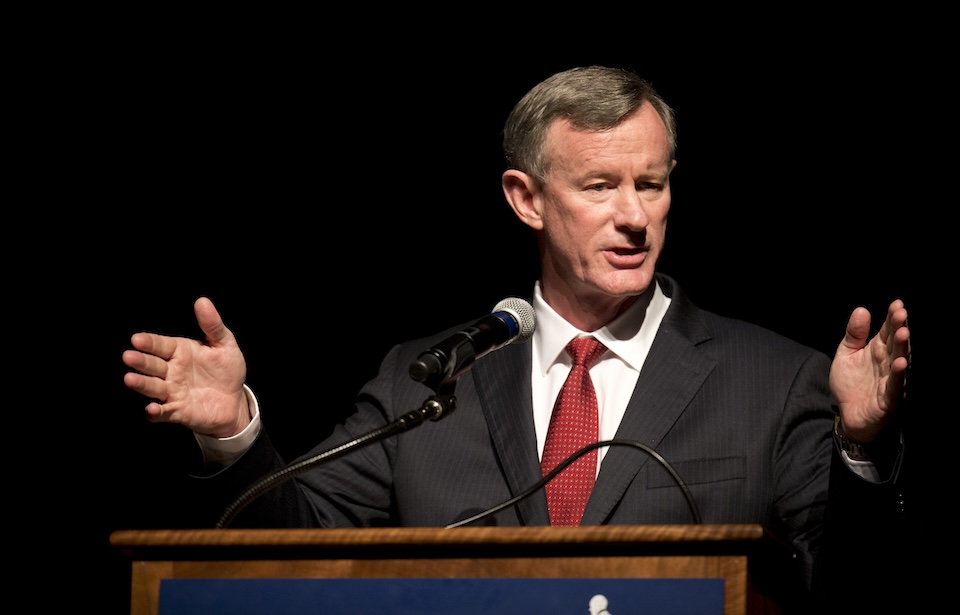William McRaven stands out as a highly regarded figure among US Navy SEALs in American history. Holding the rank of four-star admiral, he played a crucial role in commanding the operation that finally took out Osama bin Laden. His military service concluded in 2014, leaving behind a lasting legacy.
William McRaven’s upbringing

William McRaven’s path to a military career seemed destined from the beginning. Born in Pinehurst, North Carolina, he spent his formative years there while his father, Claude, served at Pope Army Airfield. His father, a World War II-era Spitfire pilot who also briefly played in the NFL, likely influenced his career choice.
During his elementary school years, McRaven moved to Texas. He actively participated in track and field, and he later joined the Navy ROTC program. In 1977, he graduated from college with a Bachelor’s Degree in journalism.
McRaven’s early military career

McRaven embarked on his military career immediately after college graduation, eagerly enrolling in US Navy SEAL training. He successfully completed the rigorous program, earning a spot in the elite squad following a six-month probationary period.
During the early 1980s, he was stationed at Dam Neck, Virginia, where he served under Richard Marcinko, the founding commander of SEAL Team 6. Their relationship was strained, leading to McRaven’s dismissal. Marcinko later remarked, “He was a bright guy, but he didn’t like my rude and crude way. If I was a loose cannon, he was too rigid. He took the ‘special’ out of special warfare.”
Despite this setback, McRaven’s career continued to prosper. He advanced through the ranks and served as a task unit commander during the Persian Gulf War. McRaven also pursued further education, earning a Master of Arts degree from the Naval Postgraduate School in 1993.
Broken in half

While McRaven was well on his way to a storied military career, it almost didn’t happen. He told NPR in 2019 about a ’01 training exercise where he was nearly killed after being hit in the air by another parachutist.
“I kind of tumble through the parachute. But I’m stunned,” he said. “I’m not exactly sure what’s happened. I don’t know whether I’ve been knocked unconscious. I don’t know whether I’ve been dazed. And now I’m tumbling out of control towards the ground.”
He continued, “Because I was tumbling, the pilot chute came out and wrapped around one leg, and then another part of the parachute called the riser came out and wrapped around my other leg. So now I am tangled up in my parachute, falling towards the ground. The good news is, as I fell a couple hundred feet or a thousand feet or so, the parachute finally opened. The bad news is, when a parachute opens, it blossoms.”
The accident resulted in a broken pelvis for McRaven. A few months later, 9/11 happened. At this time, he was still recovering from his injuries.
Operation Neptune Spear

In 2011, McRaven was serving in command of the Pentagon’s Joint Special Operations Command and was a vice admiral in the US Navy. He was called into the office of CIA Director Leon Panetta to discuss Osama bin Laden. He was told the agency had located his compound and was tasked with developing an operation to take him out. McRaven was renowned for his ability to conduct and plan covert operations. As such, Panetta turned the entire operation over to him.
McRaven’s plan was successful and bin Laden was taken out by SEAL Team 6 on May 2, 2011. The admiral was celebrated for the success of his plan, and was the runner-up for Time‘s Person of the Year for the operation.
McRaven formally retired in 2014

On September 1, 2014, McRaven formally retired from the military, after years of being a Bull Frog – the longest-serving Navy SEAL still on duty. Following his service, he became the Chancellor at his alma matter, the University of Texas. While retired, McRaven has remained busy, having written several books and occasionally appearing on cable news programs.
Want War History Online‘s content sent directly to your inbox? Sign up for our newsletter here!
He was in the running to become Joe Biden’s Secretary of Defense, but the position was eventually given to Lloyd Austin III.
